In classical project management, particularly in engineering projects, a linear “waterfall” process of planning and execution is used. This method involves successive stages which flow neatly, one to the next, with expected results being communicated at the outset. Project goals are planned (before the project commences) to cover the project’s entire duration, enabling costings, deadlines and responsibilities to be finalised up front. A successful project is implemented as near to the initial plan as possible, with predictable outcomes and no surprises for the customer along the way in the shape of an unexpected need for resources.
The key advantages of classical project management:
1.) Fixed processes
2.) Clear roles and responsibilities
3.) Stability
4.) Systematic and documented planning
5.) Effective deployment of team members
6.) Easily measured project progress
On the flip side, a major disadvantage of classical project management is that if initial requirements are somehow misjudged, wrong assumptions in the planning process can then have a detrimental impact on the future of the project leading to overrun and overspend. Furthermore, as customers are often overburdened with the need to specify all requirements clearly and in detail at the very beginning of the project, the planning phase can start to run with requirements that are not yet fully confirmed.
At Coron, we believe that adhering to such a rigid approach, at least in the design stage, might not be the best engineering project management support that can be offered. If initial requirements could somehow be better coordinated by engaging the customer, the project manager would be able to recognise a change in requirements very quickly due to regular feedback, better informing the design stage and reducing the risk of wrong decisions.
If only the design stage could somehow be less rigid….
Enter Agile project management, where flexibility is provided by enabling companies to react quickly to changing customer requirements. With the agile method, in the early phases, unlike the waterfall method, the customer might only be able to specify general requirements and for the team, the steps required to achieve the objectives may be unclear.
When a project is managed in its entirety according to the Agile method, flexibility is important as expectations regarding the result are confirmed during the project’s implementation. Rather than focussing on comprehensive advanced planning and the linear “execution” of a plan the solution is developed “step by step” and several iterations of the solution might be needed to reach the desired result. Errors are quickly identified based on short feedback and development cycles.
Due to the nature of an engineering project, the Agile method will not work apart from during the design stage. You can’t make iterative changes when something is being built for example. For engineering projects, the design stage can be managed using Agile; separated into increments with regular customer and stakeholder feedback. The project team can then react flexibly and quickly to dynamically changing customer requirements, confirming the project scope. Doing so can safeguard the project from costly changes later on down the line or from the danger of the project overrunning.
How can we make agile practically relevant in engineering?
Opportunity exists in offering engineering project management support using an overarching waterfall approach with an Agile methodology applied in the design stage. Although Agile is commonly associated for IT, digital and transformation projects, this kind of hybrid approach for engineering has the potential to offer the best of both worlds. This approach requires a lot of communication and short feedback cycles at the design stage resulting in a high degree of transparency and adaptability. An “MVP” can be produced and then, once feedback has been obtained, the design can go around the loop again, improving every time.
At Coron, we have our own methodology to help SMEs by assessing where they are at, developing the solution and then delivering what they need. In the past, we have seen many projects being run without reference to any particular methodology and this is why we are developing our own hybrid version to achieve the very best in engineering project management support.
Why not get in touch with us to access the very best and safeguard your project from both overrun and overspend?
Find out more.


